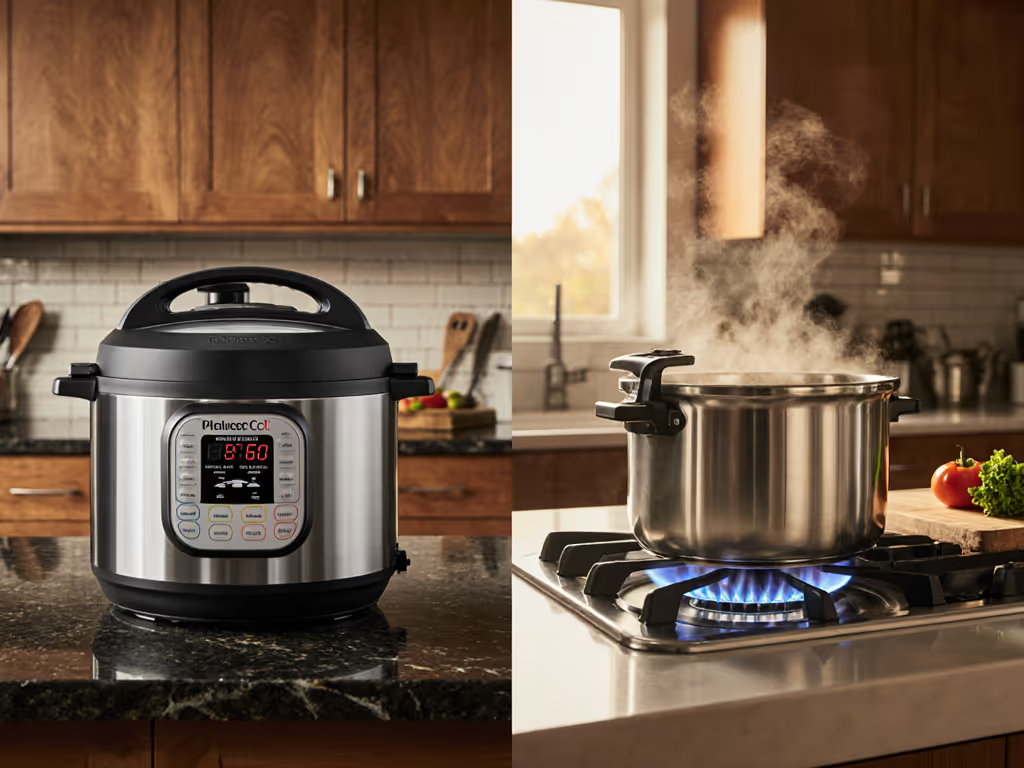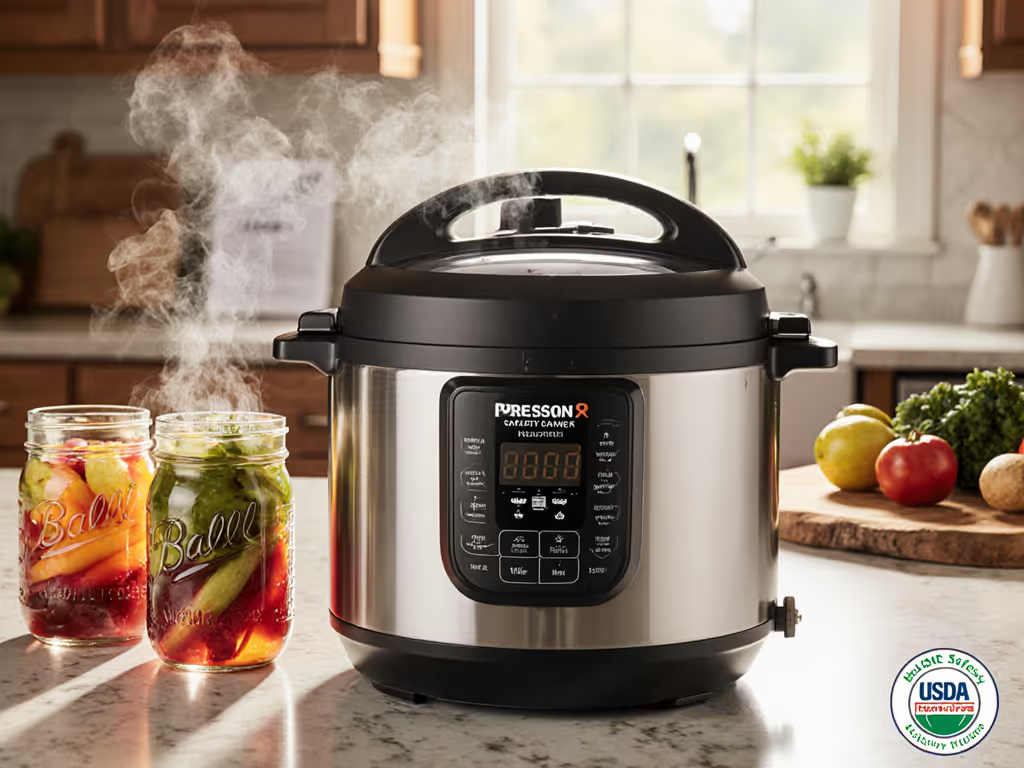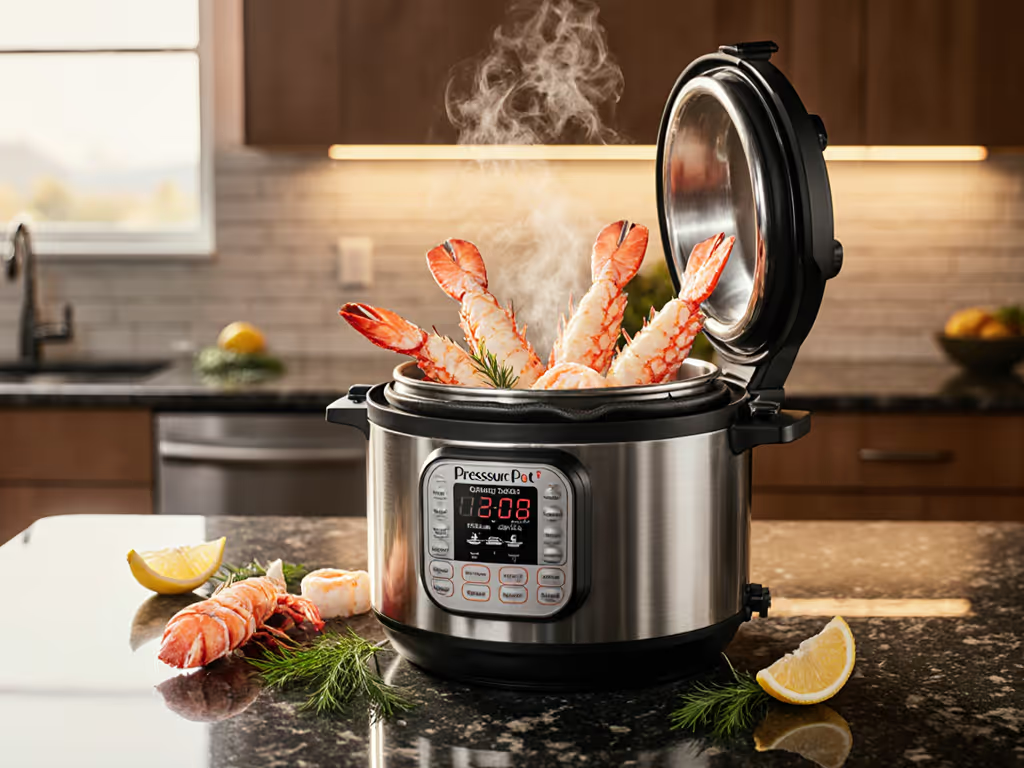
Pressure Cooker Warranty Comparison: Truly Reliable Brands Vs Gimmicks
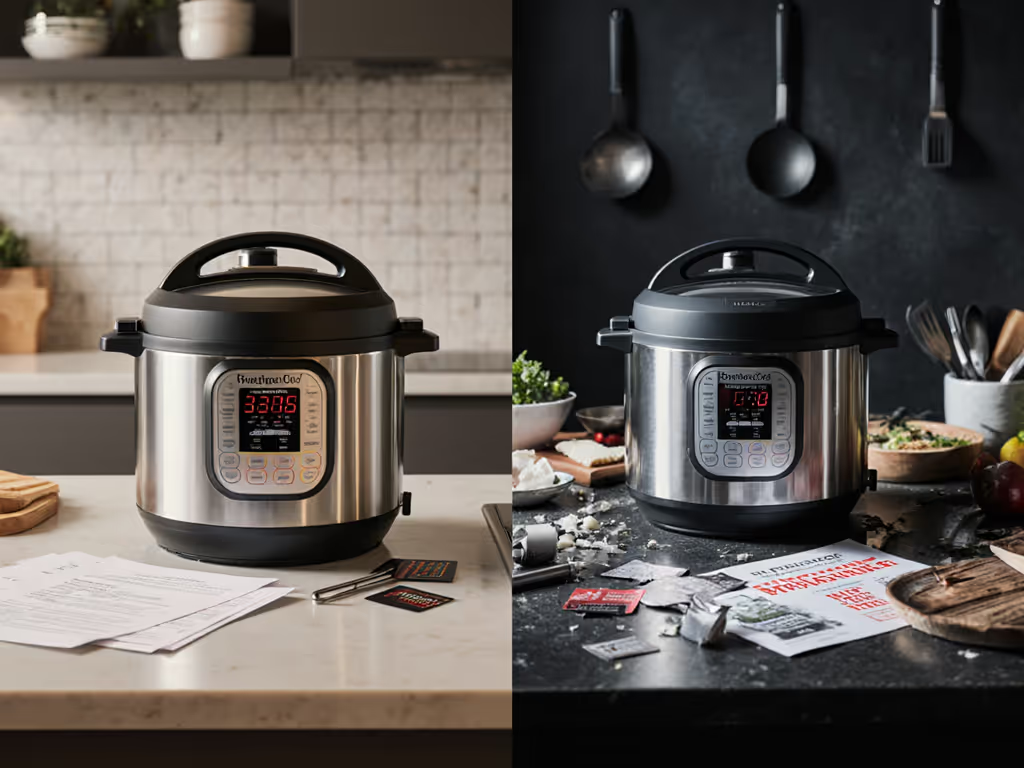
When your pressure cooker becomes the workhorse of your kitchen (transforming tough cuts into tender meals while saving time and energy), one question should dominate your decision: Will this appliance stand the test of time? A thoughtful pressure cooker warranty comparison reveals much more than coverage periods; it exposes which manufacturers treat safety as non-negotiable and which treat customer service as an afterthought. In this no-BS warranty deep dive, I'll cut through marketing fluff to show you what actually matters when your kitchen safety and peace of mind are on the line.
clarity is kindness
Why Your Pressure Cooker's Warranty Tells You Everything About Its Safety
What's the minimum warranty I should accept for a pressure cooker?
A one-year warranty is the absolute bare minimum for electric pressure cookers. Reputable brands like Instant Pot (as seen in their UAE documentation) offer exactly this, but what matters more is how they handle claims. Look for brands that make registration easy and have transparent warranty service channels. When my aunt with arthritis tested a new model, the activation process alone determined whether she'd keep it. If you're a first-time owner, start with our Pressure Cooker Basics guide to set up and use your cooker safely. If signing up for protection requires navigating a maze, that's your first warning sign about future customer service interactions.
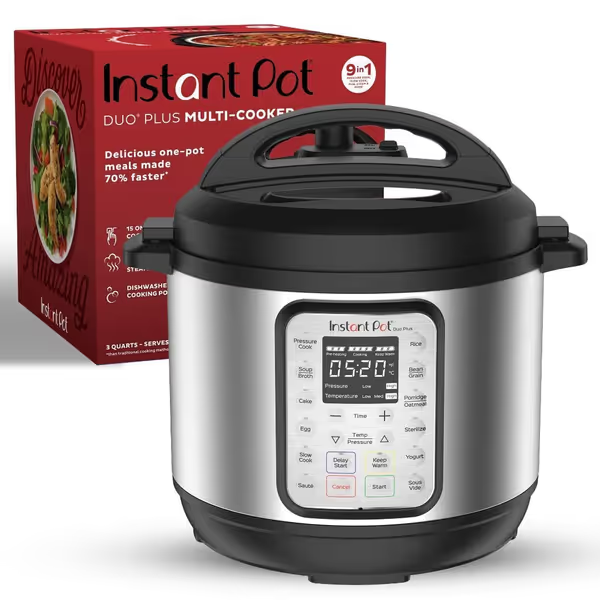
Instant Pot Duo Plus 9-in-1 Multicooker
The Instant Pot Duo Plus exemplifies this principle: one year of coverage with clear registration steps via their website. But dig deeper, the real test is whether they'll honor claims when your unit triggers error codes or fails to build pressure. The difference between a brand that replaces defective units immediately versus one that drags out diagnostics reveals more about reliability than glossy brochures ever could.
Why do some premium brands offer longer warranties while others don't?
Manufacturers like ProCook offer astonishing 25-year guarantees on their stainless steel stovetop models, while most electric multicookers cap at 1-3 years. This isn't random, it reflects confidence in simpler designs. ProCook's stainless steel construction has fewer electronic components to fail. Their warranty acknowledges this reality: fewer parts mean fewer failure points. For a deeper side-by-side on durability and PSI differences, see our electric vs stovetop comparison.
But don't mistake warranty length for true reliability. Some brands offering "lifetime" coverage (like certain Tupperware microwave pressure cookers) actually exclude critical components like silicone seals, the very parts most prone to wear. Warranty length comparison alone can mislead you; scrutinize what's excluded as much as what's covered.
What makes repairability critical in pressure cooker warranties?
True reliability isn't just about replacement, it's about the kind of repairability pressure cookers deserve. The best warranties include easily available replacement gaskets, clear troubleshooting guides, and accessible service centers. When manufacturers force you to ship entire units for minor seal replacements, they're signaling that planned obsolescence trumps longevity.
I rate display legibility and cleanup steps alongside warranty terms because they're connected. A unit that's impossible to disassemble safely won't qualify for warranty repairs anyway. If you can't replace a gasket without special tools, that "3-year warranty" becomes meaningless. Brands serious about durability (like those with easily swappable silicone rings) build products that last beyond the warranty period.
How do I distinguish reliable brands from warranty gimmicks?
Pressure cooker brand reliability shines through when things go wrong (not during the honeymoon period). Here's my proven checklist:
- Clear exclusion list: Beware "comprehensive" warranties that exclude common failure points (like seal degradation or display malfunctions)
- No hoops for claims: If customer service requires multiple emails, proof of video, or jumping through needless verification steps
- Accessible parts: Brands selling replacement valves, gaskets, and locking mechanisms separately demonstrate long-term commitment
- Real-world testing transparency: Companies publishing drop-test results or longevity studies earn trust
When reviewing warranty documentation, I always note grip, weight, and release mechanisms. If a brand refuses to specify operating parameters for their safety valves, that's a red flag. My winter-glove testing taught me that specs mean nothing if interfaces fail under real conditions. Safety features must work intuitively for everyone, regardless of dexterity or strength.
Are multi-use pressure cookers less reliable than single-function models?
Multi-use pressure cooker designs often show higher failure rates, but warranty terms rarely reflect this reality. Complex units with 15+ cooking programs (like some Ninja models) contain more components that can malfunction. Yet most warranties treat them identically to simpler units. To compare how major brands stack up on reliability and support, read our electric pressure cooker brands guide.
Critical question: Does the warranty cover electronic board failures that disrupt specific functions? Many brands exclude "software issues" despite advertising those features prominently. If your pressure cooker stops doing yogurt but still pressure-cooks, is that a covered defect? The fine print usually says no, turning advertised versatility into a liability rather than an asset.
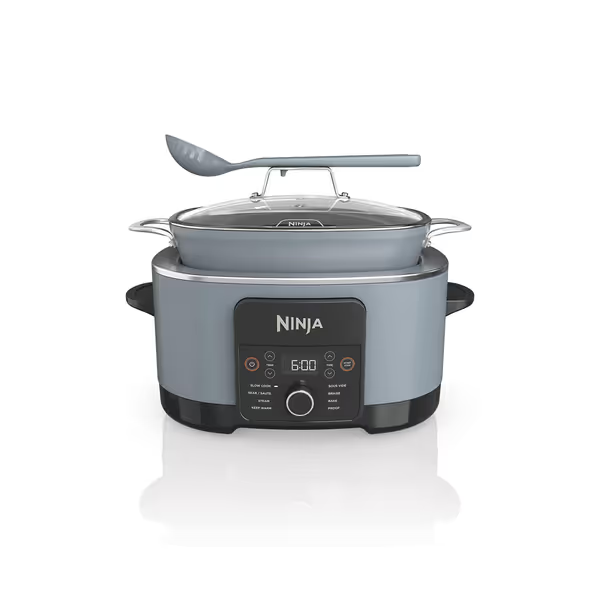
Ninja MC1001 Foodi PossibleCooker PRO
The Ninja Foodi PossibleCooker PRO exemplifies this tension, it boasts 8 cooking functions but carries a standard 1-year warranty. When parts of the multi-function system fail, determining coverage becomes a bureaucratic nightmare. True reliability would mean modular warranties where each component's coverage matches its complexity.
Why do some brands offer "lifetime" warranties that aren't worth the paper?
Tupperware's "lifetime guarantee" looks impressive, until you discover they exclude silicone components on their microwave pressure cookers. Similarly, Calphalon's lifetime warranty applies only to certain product lines, with older models getting just 10 years. This bait-and-switch erodes trust faster than a degraded gasket.
The phrase "limited lifetime warranty" should trigger immediate skepticism. Ask:
- Lifetime of what? The product? The original owner?
- What specific components are excluded?
- How many previous owners void coverage?
Brands like Breville offer refreshingly transparent terms (1 year on electronics with accessible replacement parts), but don't pretend their complex digital systems will last decades. Clarity is kindness, especially when managing expectations about appliance longevity.
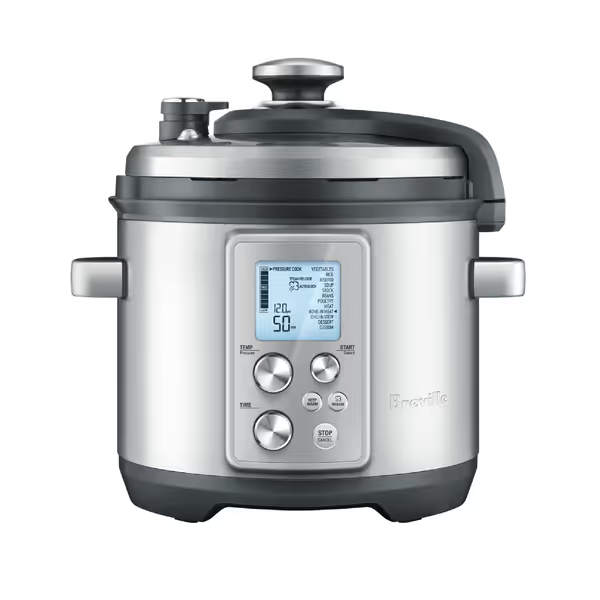
Breville Fast Slow Pro Pressure Cooker
The Breville Fast Slow Pro Pressure Cooker's 1-year warranty reflects realistic expectations for its sophisticated electronics. They don't promise the moon, but they do provide clear paths to replacement parts, making their limited coverage more trustworthy than "lifetime" claims from less reputable brands.
What customer service red flags should I watch for in warranty policies?
Watch for these warranty policy tells:
- Requiring "proof of proper usage" for safety mechanism failures
- Mandating return shipping for heavy appliances (over 15 lbs)
- Forcing diagnostic fees before considering claims
- Vague language about "normal wear and tear"
The most alarming clause I've encountered: warranties that void coverage if you use non-branded accessories. This traps customers in proprietary ecosystems and undermines true repairability. When manufacturers claim third-party steamer baskets compromise safety, they're often protecting profit margins, not people.
Brands worth your trust make warranty claims frictionless. Instant Pot's regional service centers (like [email protected] referenced in their documentation) demonstrate this commitment, though even they could improve by publishing response time metrics for service requests.
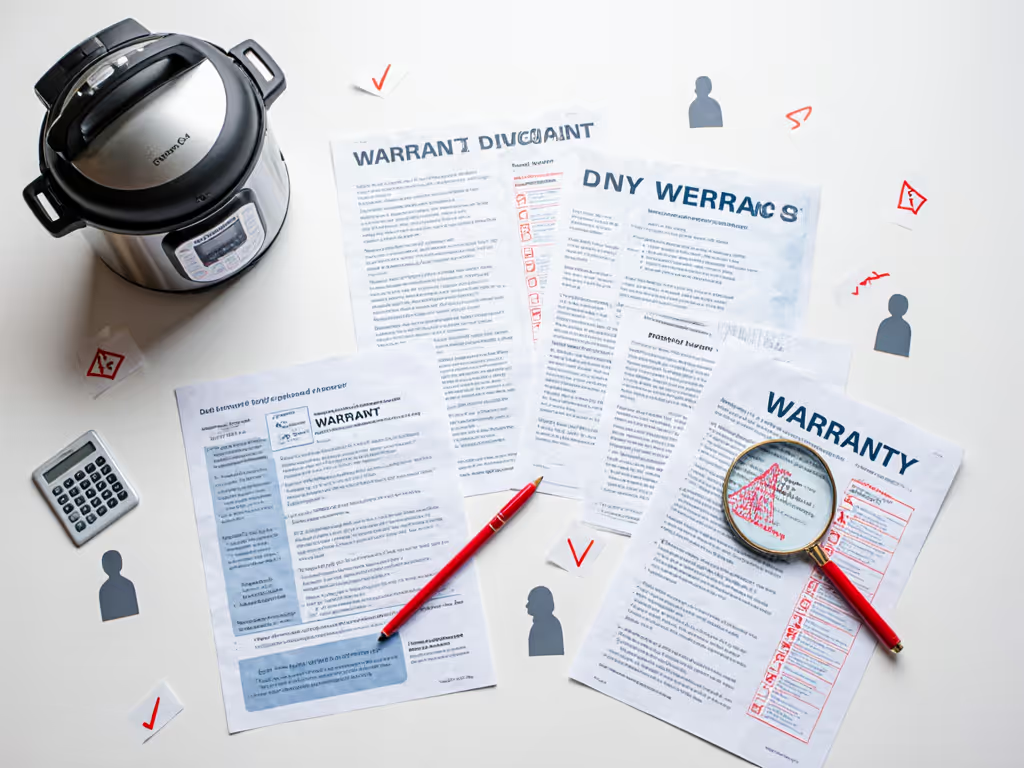
How can I verify a brand's warranty claims before purchasing?
Don't take marketing claims at face value. Here's my verification protocol:
- Search "[Brand] warranty Reddit" for real customer experiences
- Check if replacement parts are sold separately on their website
- Email customer service with a hypothetical warranty question
- Look for third-party repair shop feedback on common failure points
The easiest test: try registering a hypothetical purchase on their warranty site. If the process requires excessive information or fails on mobile devices, imagine how difficult actual claims will be. Brands serious about reliability optimize this experience, because they know most customers only interact with warranty systems when something's wrong.
Final Verdict: Warranties That Actually Protect You
After years testing pressure cookers with diverse users (from arthritic seniors to hurried parents), I've learned that ease-of-use is a safety feature, not a luxury. A warranty that covers failures but requires physics degree-level expertise to activate serves nobody. The brands that earn my recommendation make safety, accessibility, and repairability equally important to cooking performance.
For electric multicookers, prioritize brands with:
- Minimum 1-year coverage with clear claim pathways
- Available replacement parts (especially seals and valves)
- Documentation written for actual humans, not lawyers
- No punitive clauses for normal kitchen use
The Instant Pot Duo Plus sets the standard here, not because its warranty is longest, but because it's simplest to navigate when you need help. When quiet valves hiss instead of screeching and displays stay legible in bright kitchens, you know the manufacturer cared beyond the sales moment.
Want to go deeper? I've compiled a detailed spreadsheet comparing warranty terms across 27 pressure cooker models, including hidden exclusions and real customer service response times. [Download my Pressure Cooker Warranty Reality Check guide] to avoid costly mistakes before your next purchase.
Related Articles

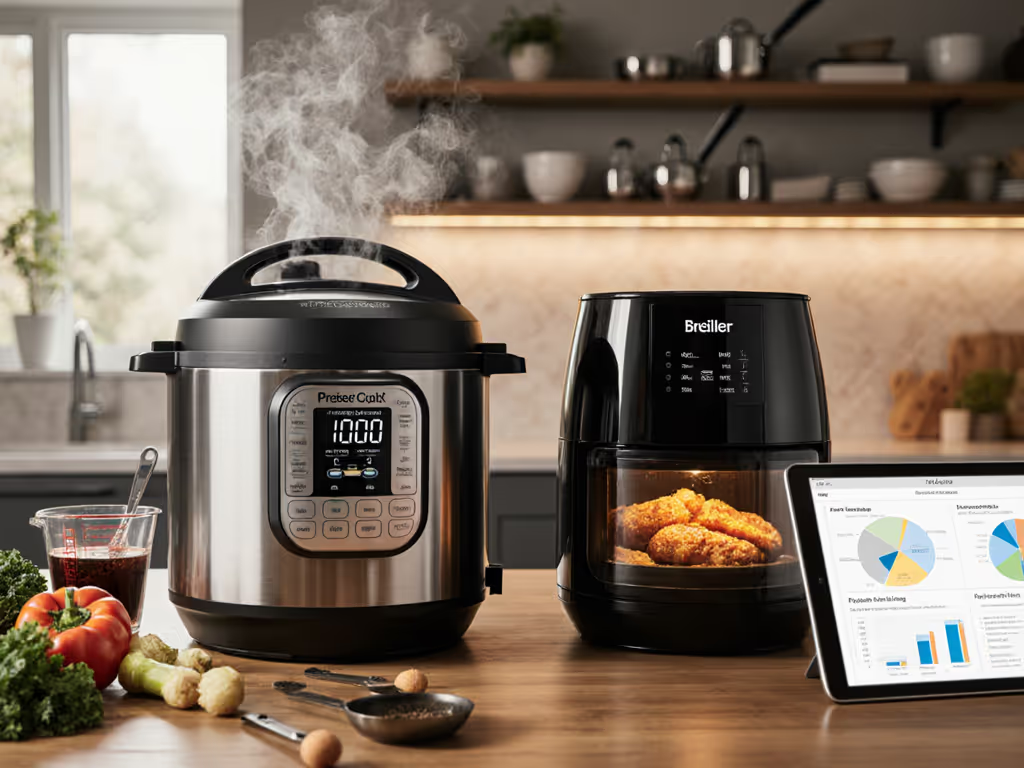
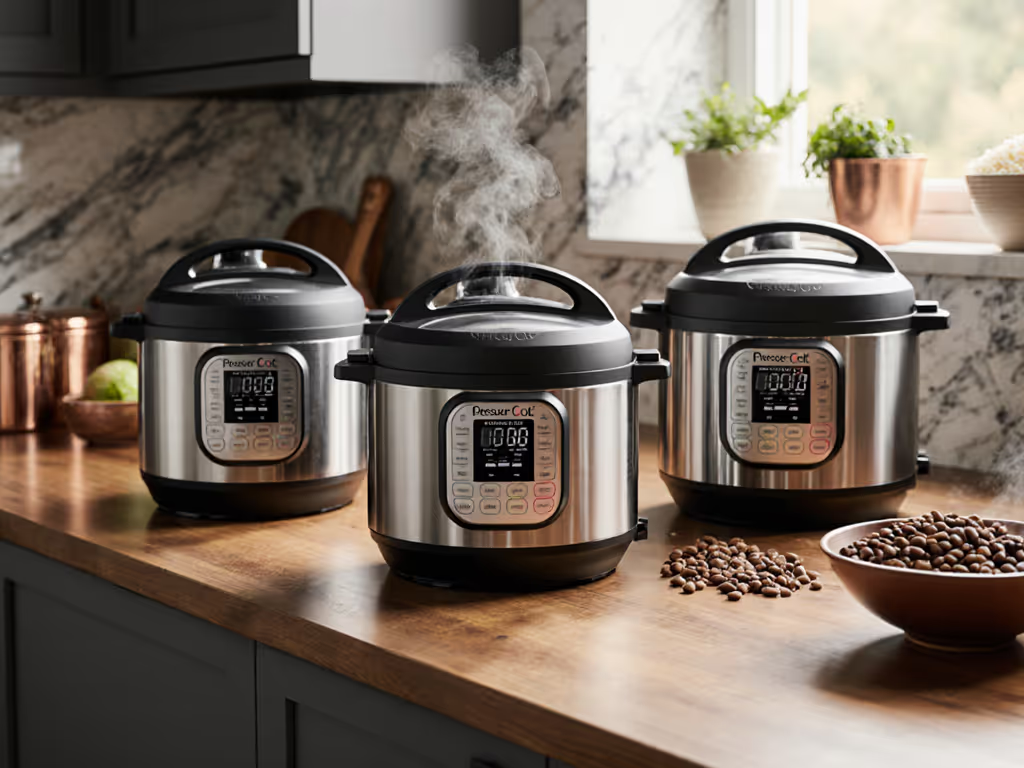
Best Pressure Cooker 2025: Which Model Is Right For You
Choose a pressure cooker with confidence using usability-first testing of 17 models that exposes real cook times, safety-critical steam release, and cleanup trade-offs. Clear picks favor Instant Pot Duo Plus for budget reliability and Breville Fast Slow Pro for safer auto-release, precision, and high-altitude cooking.
